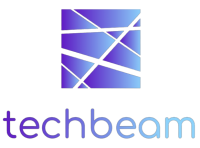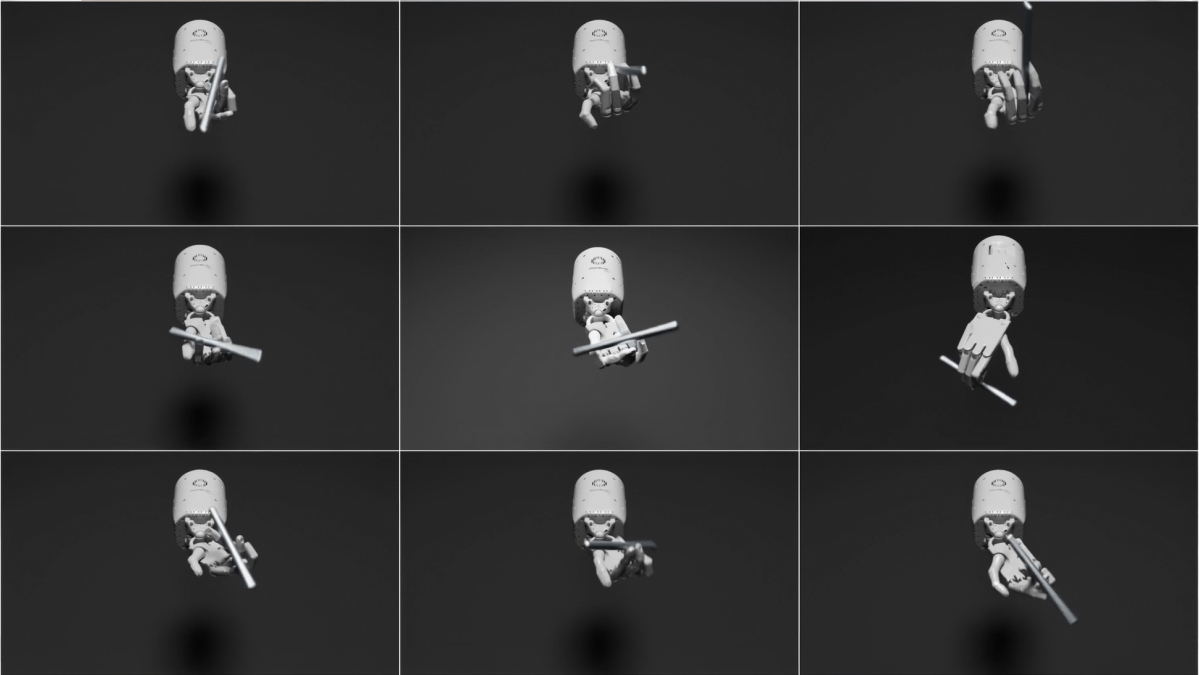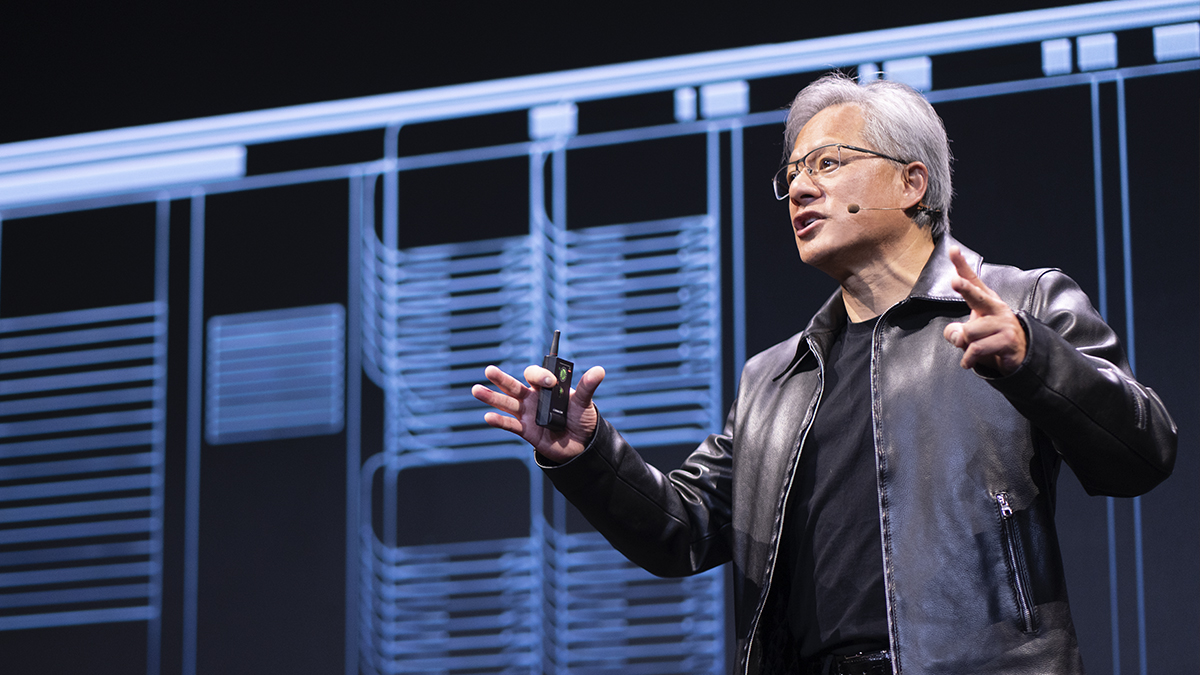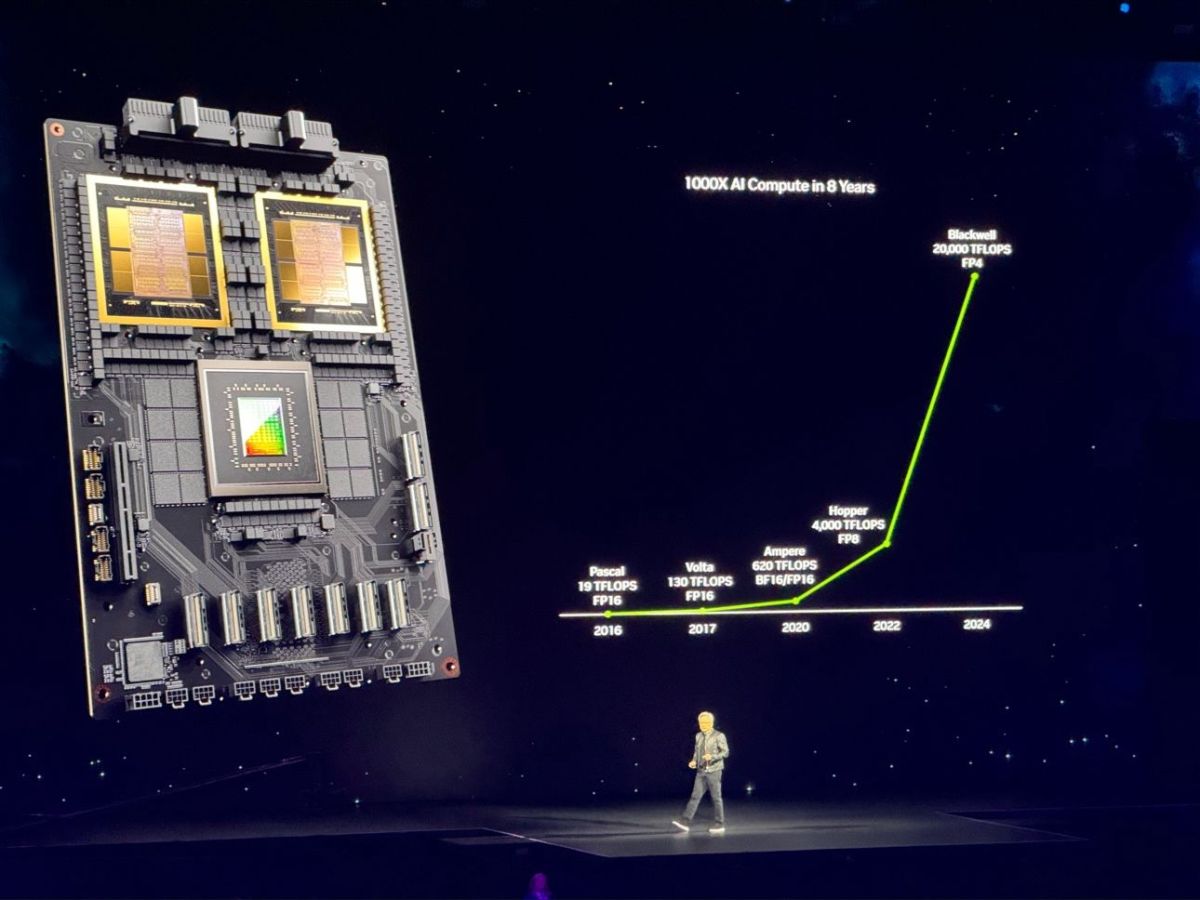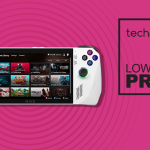Nvidia Research has introduced a new AI agent called Eureka, which utilizes OpenAI’s GPT-4 to teach robots complex skills autonomously. Eureka has successfully trained a robotic hand to perform intricate pen-spinning tricks as well as humans can. It has also taught robots tasks such as opening drawers and cabinets, tossing and catching balls, and manipulating scissors, among others. Anima Anandkumar, senior director of AI research at Nvidia, stated that Eureka is a first step toward developing algorithms that combine generative and reinforcement learning methods to solve challenging tasks.
To support further experimentation, Nvidia Research has published the Eureka library of AI algorithms. These algorithms can be tested using Nvidia Isaac Gym, a physics simulation reference application designed for reinforcement learning research. Isaac Gym is built on Nvidia Omniverse, a development platform based on the OpenUSD framework for building 3D tools and applications.
In related news, hype surrounding AI agents has been increasing, with autonomous AI agents like Auto-GPT, BabyAGI, and AgentGPT gaining attention. Nvidia Research’s work on Eureka builds on their previous projects, including Voyager, an AI agent that can play Minecraft autonomously using GPT-4. According to Jeff Clune, a computer science professor at the University of British Columbia and former OpenAI researcher, the commercial potential for AI agents is immense, potentially reaching trillions of dollars.
The research paper titled “Eureka: Human-level reward design via coding large language models” highlights the capabilities of Eureka. The AI agent can generate reward functions without task-specific prompting or pre-defined templates, outperforming expert human-engineered rewards. In a suite of 29 open-source reinforcement learning environments, Eureka outperforms human experts on 83% of the tasks, resulting in an average improvement of 52%.
Jim Fan, senior research scientist at Nvidia, believes that the combination of large language models and their GPU-accelerated simulation technologies makes Eureka unique. Fan sees Eureka as a tool for dexterous robot control and a means to produce physically realistic animations for artists.
VentureBeat, a platform for technical decision-makers, aims to provide knowledge about transformative enterprise technology and facilitate transactions. Readers can subscribe to their Briefings for more information.

I’m a highly experienced and respected author in the field of cryptocurrency. I have been writing about Bitcoin, Ethereum, Litecoin and other digital currencies for over 5 years which is widely regarded as one of the most knowledgeable and reliable sources of information in this area.
